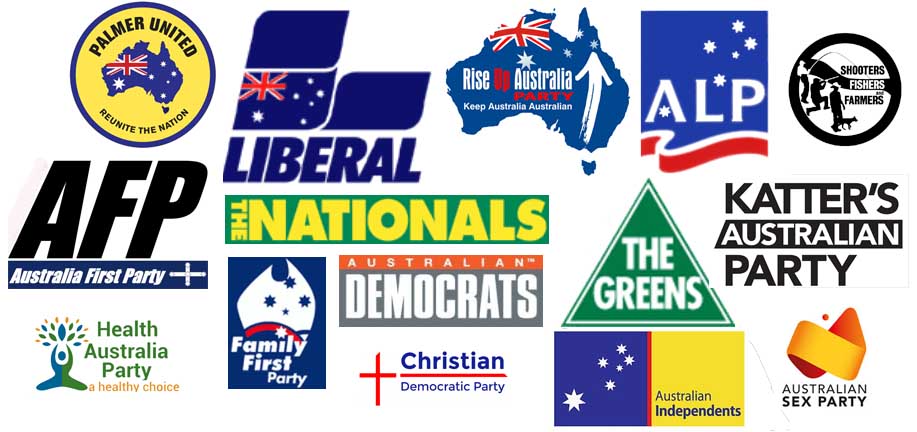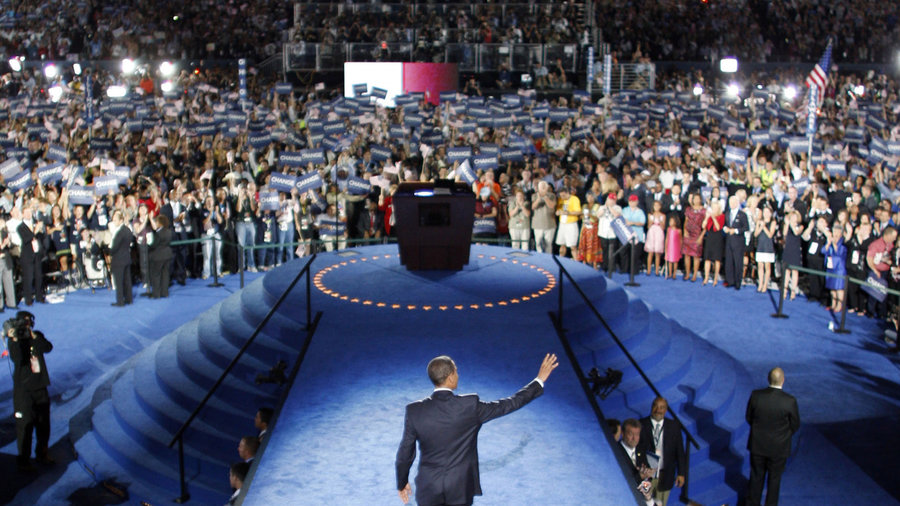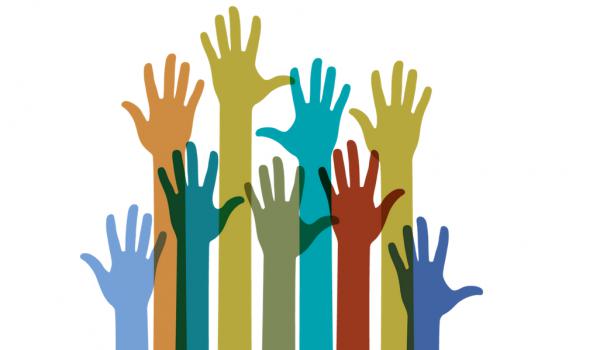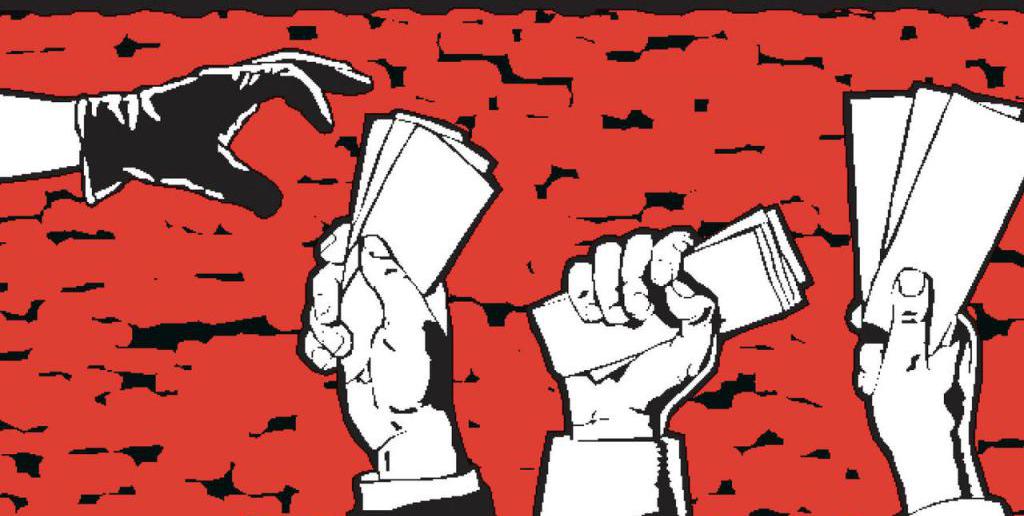Currently, in the modern structure of the political system, parties play one of the leading roles. Now it’s even difficult to imagine a state that, recognizing itself as democratic, does not have public organizations that represent their political views. However, despite such a developed pluralism, the phenomenon of political parties in the structure of civil society appeared relatively recently, but gained immense popularity around the world, since in this way the influence of ordinary people on the situation in the country became possible.
History reference

The term "party" itself originates in ancient times. Even the Greeks began to use this concept to refer to a group or association of people. At that time, it was understood as the party of the inhabitants of the plains and mountains. In some cases, the greatest thinker of antiquity Aristotle, under the same name, began to designate groups of politicians who directly entered the inner circle of rulers or as those who directly influenced the governance of the country.
However, political parties, the concept and structure of them in the modern sense, began to emerge only in the 18-19 centuries. These years were a true era of parliamentarism, which required fundamentally new models of behavior. Gradually, the evolution in the organizational structure of political parties began to take place: initially their members were exclusively aristocrats who gathered circles, gradually they began to grow up to political clubs, and then they directly grew into mass parties, which they are at present.
Such parties gradually began to spread in Western countries, such as Belgium, Germany and many others. Usually, scientists equate their creation with a new reform that took place in the 19th century, namely, universal suffrage. Gradually, the parties in the political structure of society took their proper place. Now it’s hard to name at least one country where they do not exist at all. However, it is impossible not to admit that even at the present stage, many people simply do not understand the structure and functions of political parties.
Party system

Every country has its own special party system. To typologize, the Italian scientist Sartori came up with his own criteria, which are widely used in modern life:
1. In a one-party system, all power is concentrated in the hands of one party, and all others are simply prohibited by law. It is this party that makes political decisions, because it simply merges with the state itself. A striking example of such a party system is the USSR, however, they have largely shown their failure, and therefore are rare. Now it can be found only in Cuba and North Korea.
2. The second type is bipartism, that is, the presence in the state immediately of 2 strong parties, as in the USA. Each such party can independently take power and implement existing political decisions.
At the present stage of development, this system has become wider, so there are multiparty, alternative systems or its complete absence.
The concept

At the moment, scientists still can not stop at a single definition of the concept of a political party because of the many approaches that can be applied to it.
For the most part, this diversity is entirely dependent on the very views that people hold.However, the most popular is the understanding of a political party as a special type of organization, which at the head sets the task of taking direct and feasible participation in government or local governments. It includes an active group of people who organize their own interests in an organized manner, depending on the accepted unified ideology. Quite often, such parties are fighting for political power in the country until it is completely seized to establish their rules in the state.
Signs

Regardless of the structure and organization of a political party, it is always distinguished by 4 attributes characteristic of any formation of this nature. These elements are very generalized, but are widely used by political scientists to study the current state of the political arena.
1. The first step is to take into account that any party gathers people who have a common ideology, or, in extreme cases, hold similar views on the future of man and the world as a whole.
2. Also, a political party should be a relatively stable organization, and not a short-term gathering of people.
3. In the exaggerated sense, the purpose of forming a party is to seize power for its subsequent implementation. A multiparty system like this in the modern world is practically impossible, therefore now, mainly, a similar goal exists in terms of including it in a functioning political system and unhindered implementation of the power tasks that they have.
4. Any party cannot exist without the support of the people. That is why members are trying to provide themselves with as much support as possible, which led to the giving of membership in it. On examples, you can notice that the more people support the party, the more they vote for it, the more powerful it can exert on the political situation in the country, since it occupies many places in the highest authorities. In the Russian Federation, despite the multi-party system, for the last ten years, it is United Russia that has the overwhelming majority of supportive people, and therefore is able to influence the direction of state policy.
Functions
Any political party has its own set of functions that they must perform. These include:
- gradual formation of public opinion in the country;
- full political education of part of society or all of it;
- the identification and satisfaction of the interests of large social groups;
- the struggle for political power in the country, as well as the identification of forms and methods of struggle that can be applied depending on the state of affairs in the state;
- preparation and conduct of election campaigns to obtain seats in the highest bodies of power and local self-government, the continuous nomination of supporters in their composition, as well as monitoring their activities in parliament;
- development of party ideology and political program, as well as their further implementation and propaganda;
- training for the party, state apparatus and public organizations, right up to the direct formation of the country's ruling elite.
Typology of Political Parties

In any country in the world there are various cultural, historical and social conditions that are characteristic only for her. That is why the party structures formed in them are distinguished by a huge variety in their activities, functions and many other factors. Currently, scientists use various classifications to separate them, depending on a number of criteria used.
Ideology
Most often, the country's parties are divided on the basis of their ideology. Adhering to their development paths, political programs can vary quite a lot:
1. Liberal parties believe that the intervention of the state itself in the life of society, and indeed of a person should be minimal.
2.Democratic parties prefer to give all power to the people.
3. The Social Democrats insist that the country's public life must be regulated by the state.
4. The communist parties advocate the absolute equality of all citizens of the country. All property must be public, and the government must have control over the economy and social life.
5. Nationalist parties cherish the ideology of a nation, not an individual, for leading the country.
6. Clerical parties rely on the primacy of the church in the country, as well as religious dogma in everyday life.
7. Green parties place at the head of political ideology an environmental improvement and an ecological component.
Political orientation
Another popular classification is the separation of parties by political orientation. It includes:
1. Left - these include the communist and socialist parties, as well as those that have a similar bias.
2. To the right can be attributed nationalist or similar movements. They also include liberal and conservative parties.
3. Centrist parties, or democratic.
In a number of cases, scientists also single out mixed parties, whose views are based on various ideologies, and not just one.
Political Party Structure

If you look closely, you can easily notice that any party has an internal and external structure. It is the organizational structure of a political party that is its hallmark. Its foundation is always at the level of the electoral body in order to have a close relationship with a certain social stratum of society or class, which makes it possible to have a social base on which the political party functions.
External structure
The external structure of the political party is represented by those who are now called the electorate. These people do not actively participate in activities, although their vast majority. Such individuals can be called "sympathetic", because they are close to the political views of the party. They provide voters who will support the party itself during the election, providing them with the necessary votes to subsequently take up seats in the country's parliament, so as to influence politics.
Internal structure
Much more complex is the internal structure of a political party. It is directly created by the party leadership and its rank-and-file members. However, even a similar structure of a political party is subdivided into several levels.
First of all, senior management and functionaries can act as chapters. Top leadership in the modern structure of a political party refers to its leaders. These are those ideologists, experienced and authoritative people who are directly behind the activities of the party, its think tank, which determines the political course, chooses the goals and means that the party can use in pursuit of their achievement. Functionaries are also called activists working at various levels, both central and local. Their work includes the creation of the activities of the structure of a political party, the organization of its work and the promotion of the political line.
In turn, ordinary rank-and-file members are allocated to work in primary organizations. Their duties are charged with fulfilling the instructions of higher persons, as well as acting in accordance with the political course of the party.
Financial support

With a thorough examination of the structure of a political party, it can be understood that a huge number of people participate in it, united in one group with common views. However, such a large body requires huge funding for the implementation of its plans. That is why the monetary issue is so important for the development of any of them. Currently, financial injections may come from the following sources:
- voluntary contributions from party members;
- donations from sponsors or money from the personal activities of party members, as a standard, such activity is publishing;
- during election campaigns, the state itself can give money to parties;
- in some countries, parties are allowed to accept funds from foreign companies, but in the majority this source is still prohibited by law.
